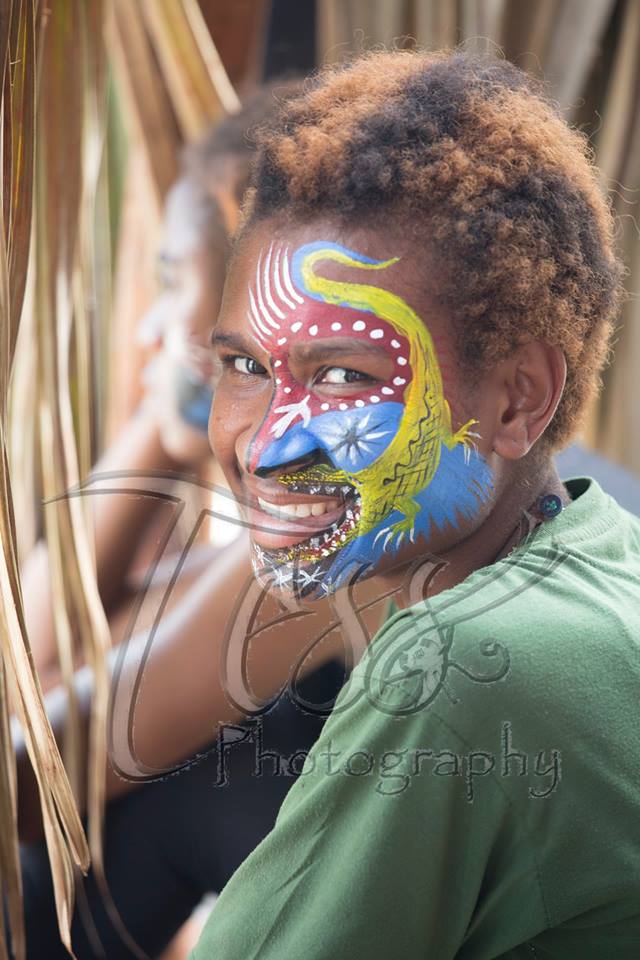


The other clans that split from Keapara clans are the Rigo clans found among Rigo District villages who in the past played important roles as village chiefs. The Geabada came from the Keapara clan while inhabiting Alivele hill some 1200 years ago.

Guise said, the prominent clans of the Lakwaharu villages are the Geabada which means thebig posts. In Motu language, Lakwaharu means tidal current, Ragela and Daeatai both means people from the east. The East Motu group called themselves Lakwaharu, while Hula people refer to them as Ragela and the West Motuans called them Daeatai. They are pure Motu speakers and were the original inhabitants of Bootless Bay east of Port Moresby.Ībout 200 years ago, they were driven out by the East Motu group of villages namely Tubuserea, Barakau, Gaire and GabaGaba. The west Motu group comprise of Hanuabada, Pari, Porebada, Lealea and Manu Manu.
#Hiri trade new guinea how to
It is believed that during the period when Koita people moved from Sogeri to settle along the coast with the Motuans, a man by the name of EdaiSiabo was taken to an underwater cave by water spirits and taught how to make the lagatoi and engage with the Gulf people in the Hiri trade.īoera does not belong to the West Motu group of village. Unearthed pottery materials showed interesting pottery paintings and decorations which will be studied and results published later. They spent 4 weeks excavating a 2 meter x 1 meter trench that reached the depth of 5.5 meters. In June 2019, a team of researchers from NMAG accompanied Dr Ford to Boera to excavate the site. Recent archaeological research carried out at Boera site by Dr Anne Ford of Otago University, New Zealand suggests that it could be the place where Motuans and Kairuku people were separated some 2000 to 3000 years ago. The word Boerain Motu language means hungry man. When someone mentions the name Boera village, it brings to the minds of many people living in and around Port Moresby area to this place as the birth place of the Lagatoi canoe and the Hiri trade that began 400 years ago.īoera is located 5 kilometer east of the PNG LNG Plant.


 0 kommentar(er)
0 kommentar(er)
